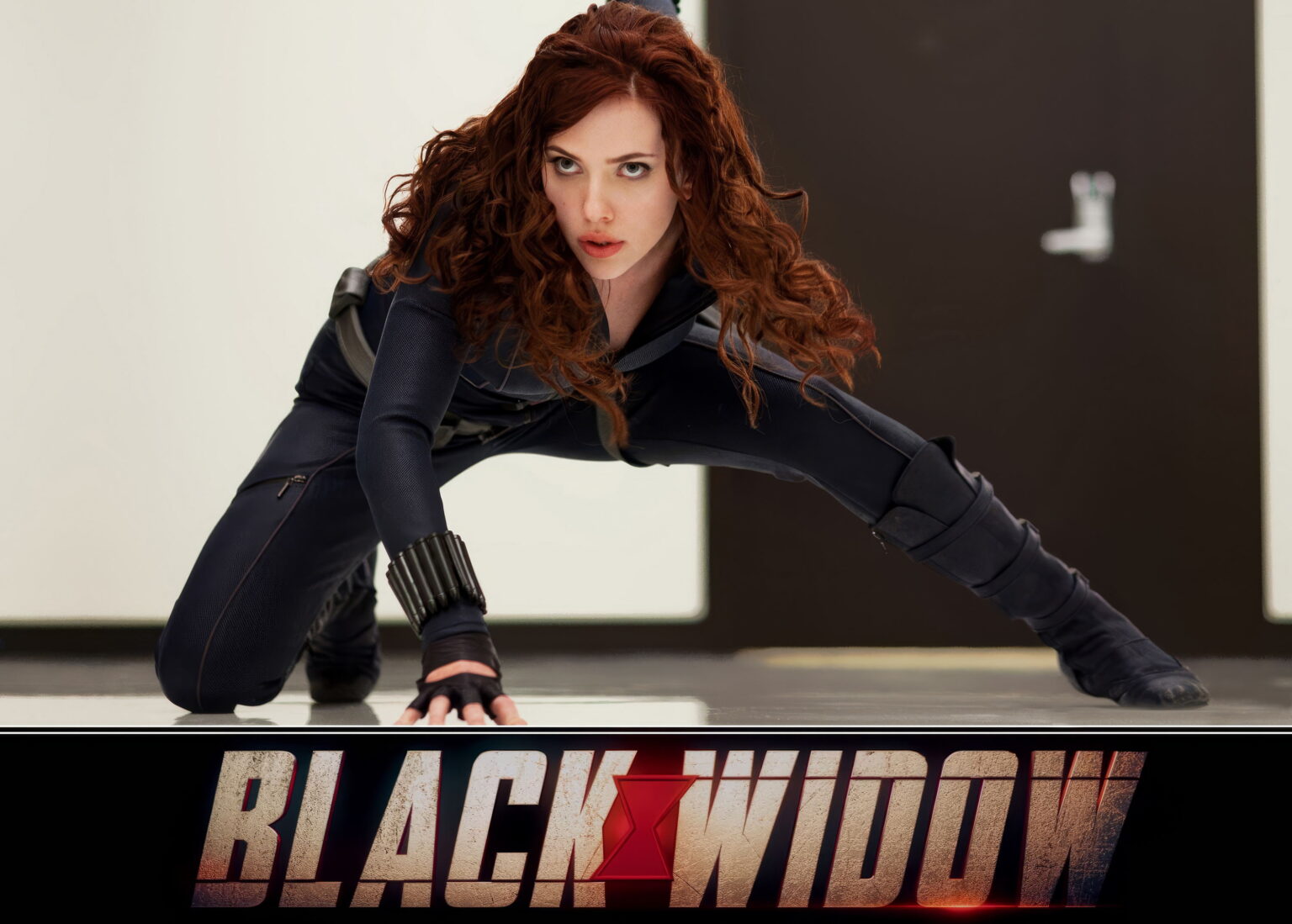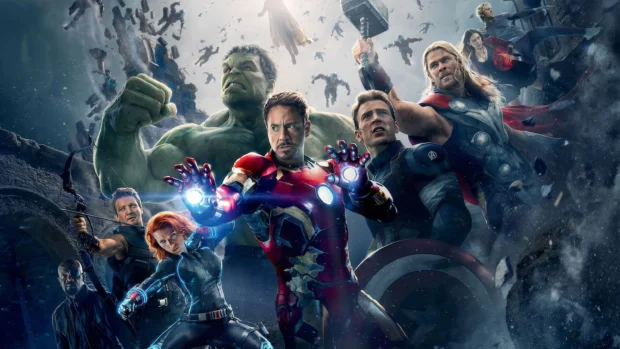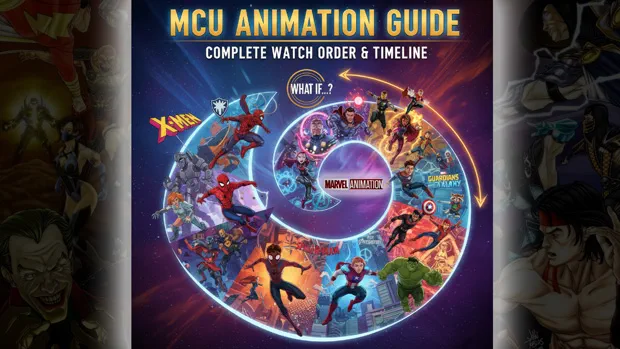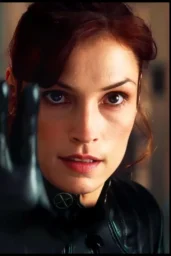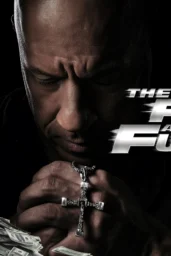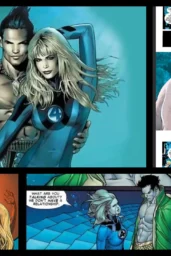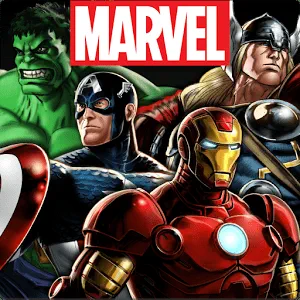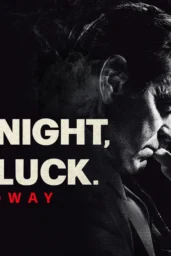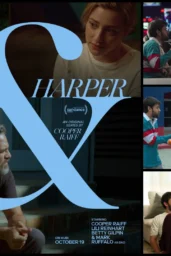Explore our deep-dive Black Widow MCU guide covering Natasha Romanoff’s complete timeline, cast, relationships, skills, and legacy throughout the Marvel Cinematic Universe.
🔍 Introduction: Who Is Black Widow?
Natasha Romanoff, known worldwide as Black Widow, stands as one of the most complex and skilled heroes in the Marvel Cinematic Universe. As a founding Avenger, master spy, and ultimate survivor, her journey from Russian assassin to self-sacrificing hero represents one of the MCU’s most compelling character arcs. Despite being a human without superpowers in a world of gods and monsters, Natasha consistently proves that intelligence, resilience, and moral courage can redeem even the darkest past. This comprehensive guide explores every aspect of the Black Widow character—from her brutal beginnings in the Red Room to her final sacrifice on Vormir, providing MCU fans with the ultimate resource on Marvel’s most enigmatic heroine.
📝 Character Biography
Early Life and Red Room Training
Natasha Romanoff’s origins trace back to Volgograd, Soviet Union, where she was born on December 3, 1984 . As an infant, she was identified by the Red Room for her genetic potential and essentially purchased from her birth family . Her mother attempted to rescue her, but General Dreykov had her killed to protect the secrecy of the Red Room program . This brutal beginning set the stage for a childhood devoid of normalcy or compassion.
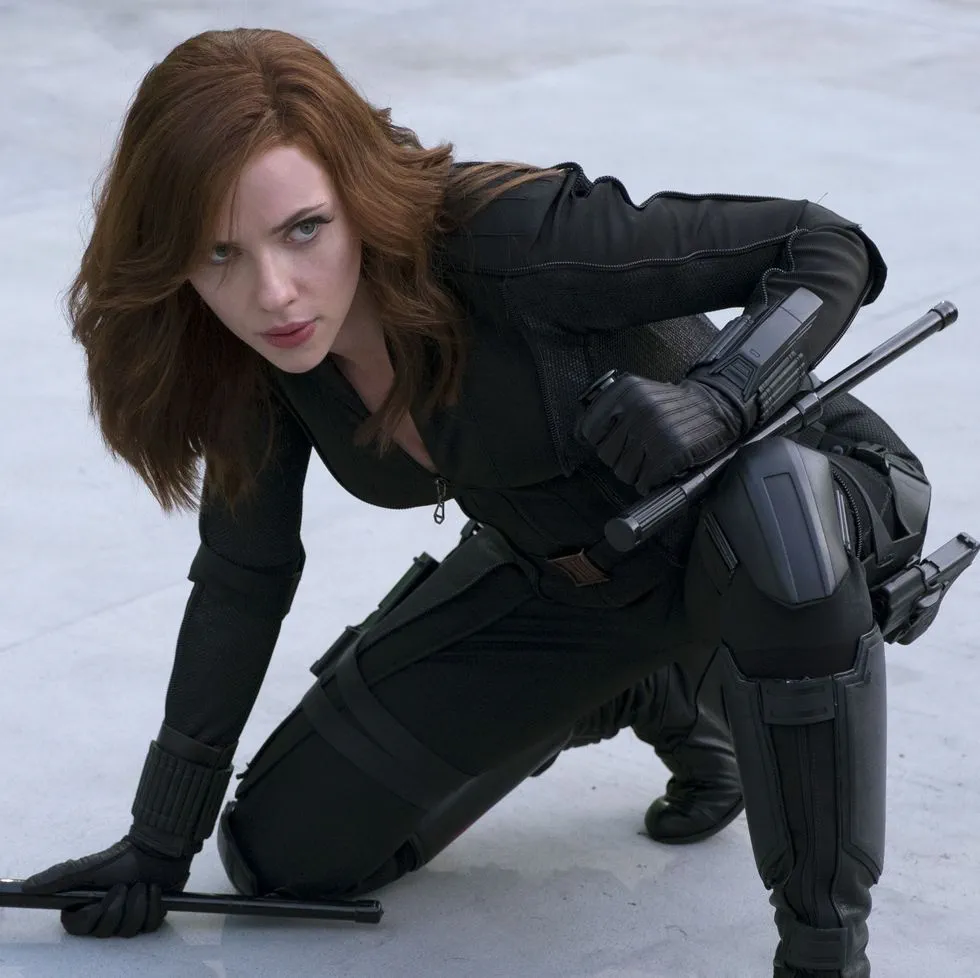
In 1992, Natasha experienced a brief reprieve from Red Room training when she was placed in an undercover operation in Ohio alongside fellow trainee Yelena Belova and operatives Alexei Shostakov and Melina Vostokoff, posing as an American family . For three years, they lived as a normal family, with Natasha developing genuine affection for her surrogate family members despite knowing the arrangement was temporary . This period would become a cherished memory she referenced decades later, particularly the joy of Christmas celebrations, even with their artificial nature.
After their mission concluded, Natasha and Yelena were forcibly returned to the Red Room, where Natasha resumed her intensive training. Her education included:
- Advanced espionage techniques and intelligence gathering
- Mastery of multiple languages including Russian, English, French, Italian, and Latin
- Extensive martial arts training across numerous disciplines
- Weapons proficiency with firearms and specialized equipment
The Red Room’s graduation ceremony included particularly brutal elements designed to eliminate emotional attachments. Natasha was forcibly sterilized, a procedure she later described to Bruce Banner: “They sterilize you. It’s efficient. One less thing to worry about. The one thing that might matter more than a mission” . She was also forced to execute an innocent man as part of her final test, a memory that would haunt her for years.
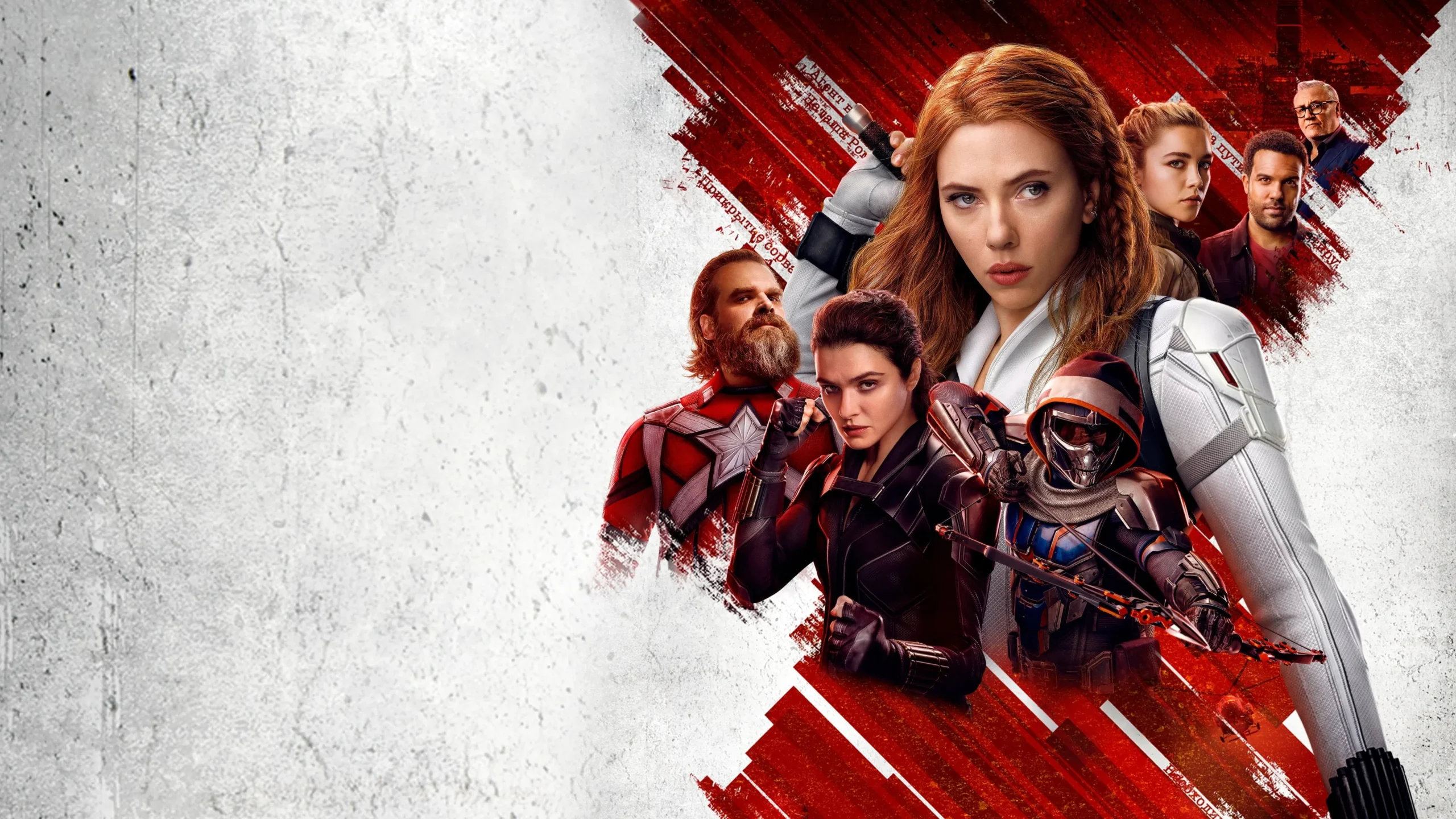
S.H.I.E.L.D. Recruitment and Early Missions
Natasha’s exceptional skills eventually drew the attention of S.H.I.E.L.D., with Nick Fury identifying her as a potential threat to national security. He dispatched Clint Barton (Hawkeye) to eliminate her, but Barton recognized her potential and instead made the judgment call to recruit her for S.H.I.E.L.D.. This decision began one of the most enduring partnerships in the MCU and gave Natasha the chance to redemption she desperately sought.
Her early years with S.H.I.E.L.D. included:
- The Budapest Mission: A notorious operation with Hawkeye that involved the apparent destruction of the Red Room and death of General Dreykov, though references in The Avengers suggest the partners remembered the event quite differently
- Undercover Operations: Natasha established various covers, including working as “Natalie Rushman” at Stark Industries from 2004-2007
- Academic Credentials: She earned Bachelor of Arts and Master of Arts degrees in history by 2007
- Encounter with Winter Soldier: In 2009, she was assigned to protect a nuclear scientist but was intercepted by the Winter Soldier, who shot her through the abdomen to kill her target
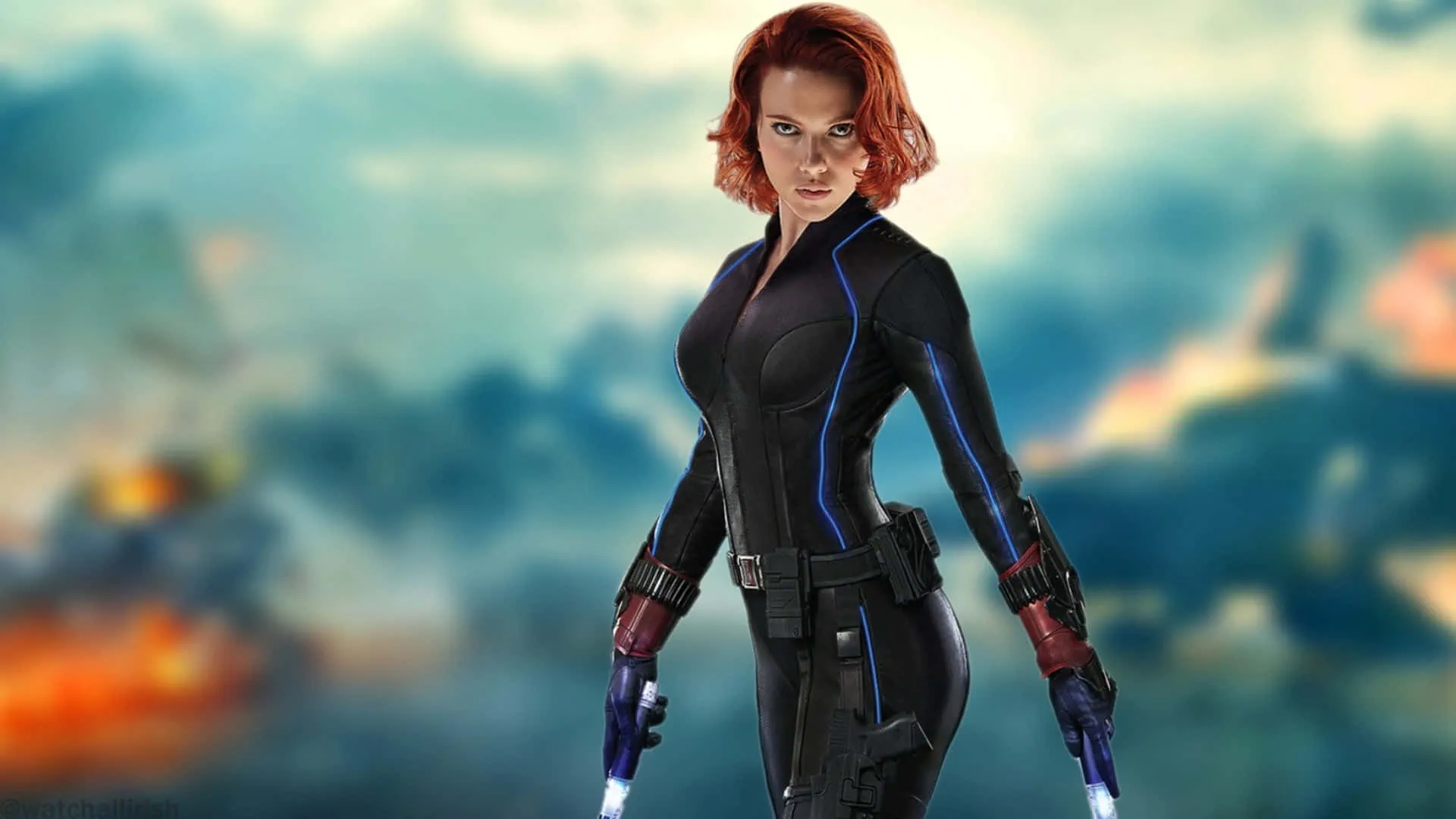
Avengers Initiative and Beyond
Natasha’s role in the Avengers Initiative began with her assessment of Tony Stark in Iron Man 2, where she posed as Natalie Rushman . She ultimately recommended that “Iron Man yes, Tony Stark no” for the initiative . When Loki threatened Earth, Natasha was instrumental in assembling the team, recruiting both Tony Stark and Bruce Banner.
Her journey as an Avenger included several pivotal moments:
- Battle of New York: Natasha played a crucial role in closing the Tesseract portal by using Loki’s scepter
- HYDRA Uprising: Working alongside Captain America, she helped expose HYDRA’s infiltration of S.H.I.E.L.D., resulting in her classified history being made public
- Ultron Conflict: She formed a romantic connection with Bruce Banner and helped create the new Avengers team after defeating Ultron
- Civil War: Initially supporting the Sokovia Accords, she ultimately betrayed Tony Stark to help Captain America and Bucky Barnes escape
Sacrifice and Legacy
Following the Blip, Natasha assumed leadership of the Avengers, coordinating operations from the Avengers Compound for five years . When Scott Lang revealed the potential of time travel, she helped reassemble the team for the Time Heist . Her journey with Clint Barton to Vormir ended in the ultimate sacrifice when she threw herself from the cliff to obtain the Soul Stone, giving her life to restore half the universe.
Table: Black Widow’s Biography Timeline
🤝 Key Relationships
Natasha Romanoff’s character development is deeply intertwined with her relationships, which evolved from transactional connections to genuine familial bonds throughout her MCU journey.
Family of Origin: The Red Room
General Dreykov served as Natasha’s primary father figure during her formative years, though their relationship was purely transactional and abusive. As director of the Red Room, he molded her into an instrument of assassination without regard for her humanity . The depth of her hatred for him was evident in her mission to assassinate him, which resulted in the collateral damage of his daughter Antonia’s apparent death—an event that haunted Natasha’s “red in her ledger” for years.
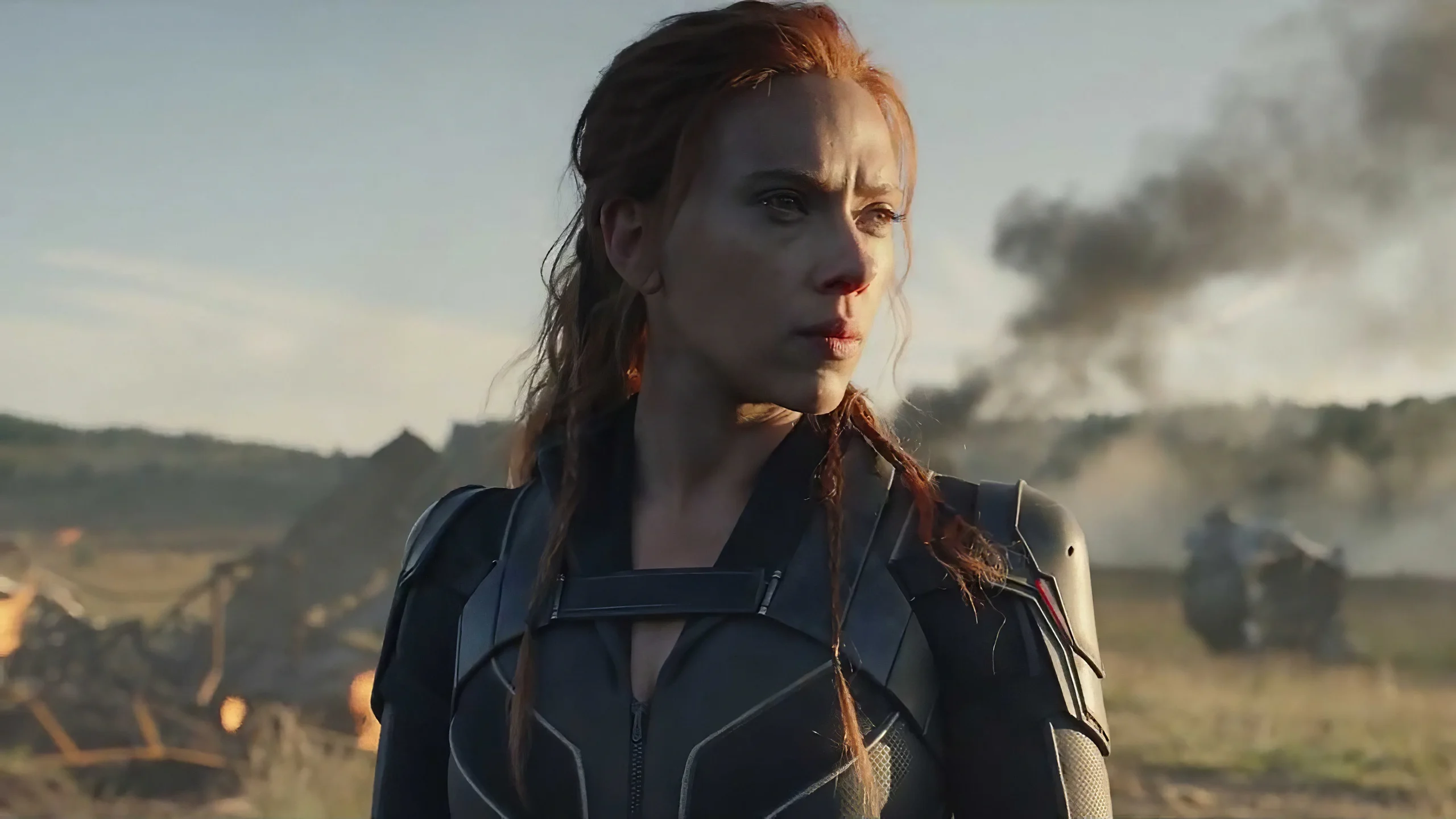
Surrogate Family: The Ohio Connection
The undercover mission in Ohio created unexpected familial bonds that resurfaced decades later:
- Yelena Belova: The younger “sister” from the Ohio mission, Yelena shared the traumatic experience of being returned to the Red Room after their family dissolved. Their relationship combined rivalry, genuine affection, and shared trauma, with Yelena eventually becoming Natasha’s true family . Their dynamic blended humor and heartbreak, with Yelena teasing Natasha about her “superhero pose” while both acknowledging the depth of their connection.
- Alexei Shostakov: The Russian super-soldier Red Guardian who served as Natasha’s father during the Ohio mission. Despite his flawed nature and exaggerated stories of battling Captain America, Alexei maintained paternal affection for both Natasha and Yelena . David Harbour described him as “both comically and tragically flawed”.
- Melina Vostokoff: The scientific mastermind behind the Red Room’s mind control technology, Melina served as Natasha’s mother during the Ohio mission. Though initially appearing to betray her surrogate daughters, she ultimately helped them destroy the Red Room.
S.H.I.E.L.D. and Avengers Family
- Clint Barton/Hawkeye: The most significant relationship in Natasha’s life, Clint saw her potential when sent to assassinate her and instead offered redemption . Their partnership spanned years and included the infamous “Budapest” mission . Natasha trusted Clint completely, and their bond culminated in the mutual willingness to sacrifice themselves for the other on Vormir.
- Steve Rogers/Captain America: Natasha developed deep professional respect and friendship with Steve, working alongside him to expose HYDRA’s infiltration of S.H.I.E.L.D. . Their relationship combined witty banter with unwavering loyalty, with Natasha supporting Steve during his fugitive status following the Sokovia Accords conflict.
- Bruce Banner/Hulk: Natasha developed a romantic connection with Bruce Banner, seeing in him a kindred damaged spirit. She alone could calm the Hulk with the phrase “Hey, big guy. Sun’s getting real low” . Their relationship represented Natasha’s desire for normalcy despite both characters’ belief that such happiness was impossible for them.
- Tony Stark/Iron Man: Beginning with her assessment of him in Iron Man 2, Natasha maintained a complex relationship with Tony characterized by mutual respect underlaid with suspicion. Her betrayal during the Civil War conflict created tension, though they ultimately reconciled to face greater threats.
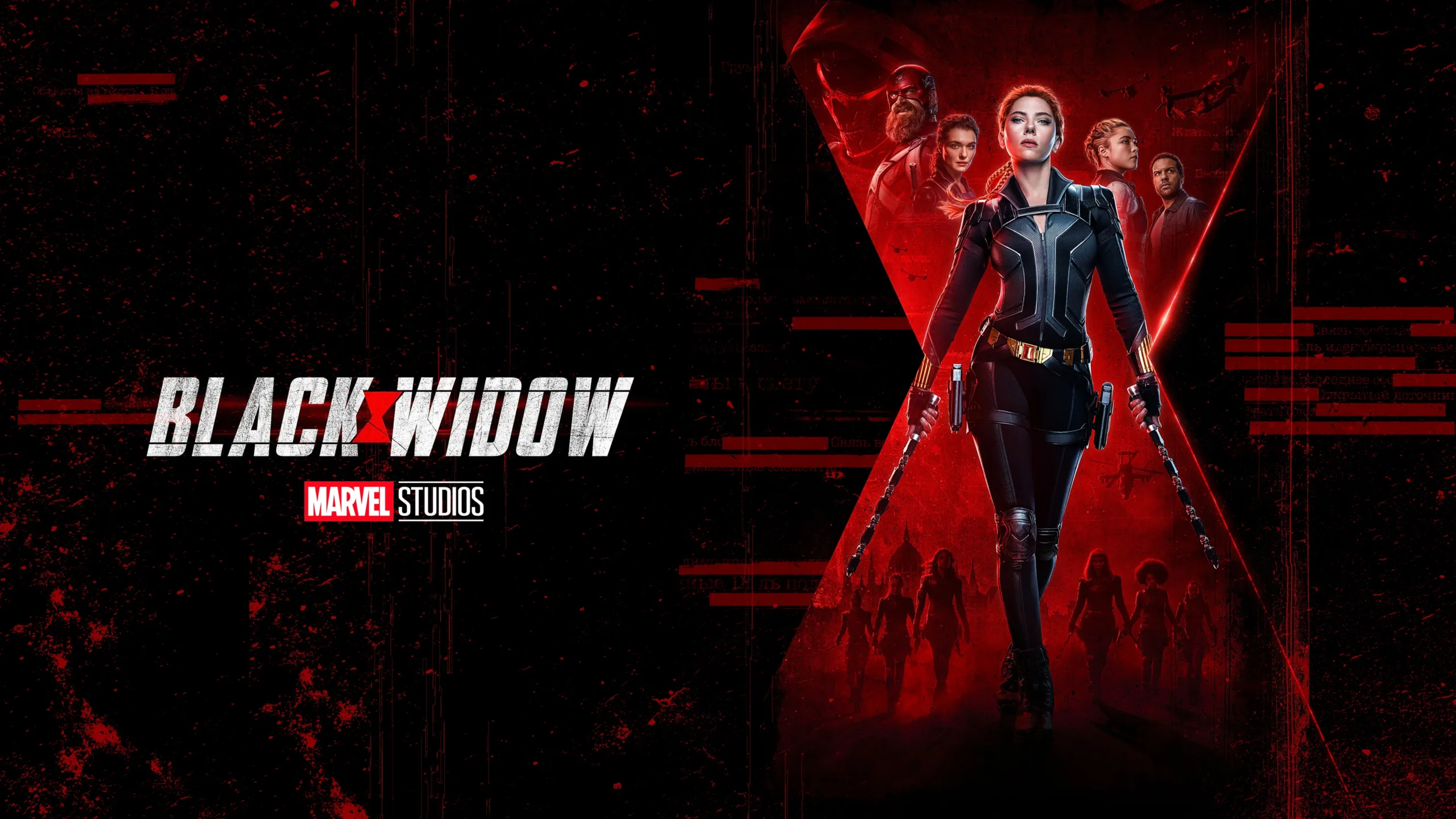
Table: Black Widow’s Key Relationships
⚔️ Skills & Equipment
Combat Skills and Abilities
As a human without superpowers, Natasha Romanoff’s effectiveness stems from her exceptional training, intelligence, and physical conditioning. Her capabilities include:
- Master Martial Artist: Extensive training in multiple combat disciplines including karate, judo, aikido, savate, boxing, and ninjutsu makes her one of the MCU’s most formidable hand-to-hand combatants . She has demonstrated the ability to defeat multiple armed opponents simultaneously and hold her own against enhanced individuals.
- Expert Markswoman: With exceptional accuracy using various firearms, Natasha can utilize pistols, rifles, and specialized weapons with equal proficiency . Her training included mastery of marksmanship as part of her Red Room graduation.
- Espionage Specialist: Master-level training in intelligence gathering, counter-intelligence, infiltration, and disguise enables her to operate effectively in hostile environments . She is fluent in multiple languages including Russian, English, French, Italian, and Latin.
- Acrobat and Gymnast: Exceptional agility and acrobatic skills enhance her combat effectiveness and mobility, allowing her to navigate complex environments and execute unconventional attacks.
- Interrogation Expert: Skilled in both physical and psychological interrogation techniques, as demonstrated with Loki in The Avengers.
Equipment and Weaponry
Black Widow’s equipment evolved throughout her MCU appearances but consistently featured state-of-the-art technology:
- Widow’s Bite: Electroshock weapons built into her gauntlets capable of delivering high-voltage discharges to incapacitate targets . These non-lethal tools reflect her transition from assassin to hero.
- Battle Suits: Multiple iterations of her signature black bodysuit, designed for mobility, protection, and carrying equipment. The suits incorporate technology for various missions and environments.
- Electric Batons: In Black Widow, she utilized electrified batons that could damage through shields and stun opponents.
- Firearms: Proficiency with various conventional weapons, though she increasingly relied on non-lethal options as her character evolved.
- Grappling Hook: Built into her suit for rapid mobility and positioning during missions.
Table: Black Widow’s Equipment Evolution
🎬 On-Screen Journey
MCU Film Chronology
Natasha Romanoff’s journey spans the entire Infinity Saga, with appearances in:
- Iron Man 2 (2010): Introduced as Natalie Rushman, undercover at Stark Industries to assess Tony Stark for the Avengers Initiative . Reveals herself as S.H.I.E.L.D. agent Black Widow and assists in defeating Ivan Vanko.
- The Avengers (2012): Recruited to assemble the Avengers, helps defeat Loki and the Chitauri invasion in the Battle of New York . References her complicated history with Hawkeye and the “red in her ledger”.
- Captain America: The Winter Soldier (2014): Partners with Steve Rogers to expose HYDRA’s infiltration of S.H.I.E.L.D. . Her classified history is exposed to the public, forcing her to go underground.
- Avengers: Age of Ultron (2015): Helps create Vision and defeat Ultron, forms connection with Bruce Banner, and establishes the new Avengers team . Flashbacks reveal more about her Red Room past.
- Captain America: Civil War (2016): Initially supports the Sokovia Accords but switches sides to help Captain America and Bucky Barnes . Becomes a fugitive from international law.
- Avengers: Infinity War (2018): Fights to protect Vision and the Mind Stone, battles in Wakanda against Thanos’ forces . Survives the Snap and emerges as a leader of the remaining Avengers.
- Captain Marvel (2019): Cameo appearance in post-credits scene, responding to Nick Fury’s emergency page .
- Avengers: Endgame (2019): Leads the Avengers for five years after the Snap, sacrifices herself on Vormir to obtain the Soul Stone.
- Black Widow (2021): Set between Civil War and Infinity War, reunites with her surrogate family to destroy the Red Room once and for all . Post-credits scene sets up Yelena Belova’s future.
Significant Character Arcs
Natasha’s MCU journey represents one of the franchise’s most complete character transformations:
- From Instrument to Individual: Beginning as a S.H.I.E.L.D. asset following her Red Room conditioning, Natasha gradually reclaims her autonomy and moral agency, ultimately making choices based on personal conviction rather than institutional loyalty.
- Seeking Redemption: Her recurring references to “red in her ledger” illustrate her ongoing quest to atone for past actions, culminating in her self-sacrifice on Vormir .
- Found Family: Despite beginning as a lone operative, Natasha gradually builds genuine connections with colleagues and eventually reconnects with her surrogate family, acknowledging that her Avengers role gave her “this job, this family” that made her better.
🎭 Behind the Scenes
Casting and Characterization
The role of Natasha Romanoff/Black Widow underwent significant development throughout the MCU’s history:
- Casting Process: Emily Blunt was initially considered for the role in Iron Man 2 but was contractually obligated to Gulliver’s Travels . Scarlett Johansson was cast in March 2009, with her deal including options for multiple films.
- Physical Preparation: Johansson underwent intensive training for the role, expressing concern about mobility in the iconic catsuit but noting that “just putting in the hours and doing the training and repetition” enabled her performance . Her background in taekwondo and gymnastics proved valuable for the physically demanding role.
- Character Evolution: Johansson noted that Natasha evolved from “a woman who has come into her own and is making independent and active choices for herself” . She described wanting to leave the MCU “on a high note” with the solo film.
Black Widow Solo Film Development
The path to Natasha’s standalone film was unusually long, even by MCU standards:
- Early Development: In 2004, Lionsgate acquired film rights for Black Widow with David Hayter attached to write and direct . The project languished and rights reverted to Marvel by June 2006.
- Growing Interest: Kevin Feige expressed interest in a solo film as early as September 2010. Fan demand grew as Natasha became more prominent in the MCU without receiving her own film.
- Final Production: Director Cate Shortland was hired in July 2018, with Johansson’s support. The film was conceived as a prequel that would expand Natasha’s history and provide proper closure following her death in Endgame.
- Release Controversy: The film’s release was delayed multiple times due to the COVID-19 pandemic. Johansson eventually filed a lawsuit against Disney over the simultaneous theatrical and Disney+ release, which was settled out of court.
Black Widow MCU FAQ
Frequently Asked Questions About Natasha Romanoff
Origin & Biography
Natalia Alianovna Romanova, known as Natasha Romanoff, was born on December 3, 1984, in Volgograd, Soviet Union.
The Red Room is a secret Soviet training program that turned young girls into elite spies and assassins called “Black Widows.” Natasha was taken there as a child and underwent brutal training, including psychological conditioning, martial arts mastery, and forced sterilization.
This refers to the guilt she carries for the innocent people she killed and harmed during her time as a Red Room operative. Throughout her hero’s journey, she constantly seeks redemption for these past actions.
MCU Timeline & Appearances
While release order is recommended, her chronological timeline is:
- Black Widow (post-credits scene leads to Hawkeye)
- Iron Man 2
- The Avengers
- Captain America: The Winter Soldier
- Avengers: Age of Ultron
- Captain America: Civil War
- Avengers: Infinity War
- Avengers: Endgame
- Hawkeye (features Yelena Belova)
Natasha sacrificed herself on Vormir because she believed Clint had more to live for (a family to return to) and saw this as the ultimate act of redemption – trading her life for half the universe. She also considered the Avengers her true family and protecting them was her highest purpose.
Abilities & Equipment
No, Natasha doesn’t have superpowers. Her abilities come from extensive training in the Red Room, including:
- Master martial artist
- Expert markswoman
- Peak human conditioning
- Multilingualism (Russian, English, Latin, and more)
- Advanced espionage techniques
Electroshock weapons built into her gauntlets that can deliver high-voltage discharges to incapacitate enemies. They’ve evolved throughout the MCU but remain one of her signature weapons.
Relationships
While never fully shown, the Budapest mission involved Clint being sent to assassinate Natasha but instead recruiting her for S.H.I.E.L.D. They apparently destroyed the original Red Room facility and believed they killed General Dreykov, though references suggest they remember the events differently.
Another Black Widow graduate whom Natasha considered a sister from their time in an undercover Ohio mission. Yelena later becomes a central figure in Natasha’s story and continues her legacy after Endgame.
Legacy & Future
Yes, in the main MCU timeline, Natasha’s sacrifice on Vormir is permanent per the rules of the Soul Stone. However, her legacy continues through:
- Yelena Belova
- Other Black Widows she freed
- The Avengers’ ongoing mission
Florence Pugh’s Yelena Belova has taken up the mantle, appearing in Hawkeye and future projects. She brings a different personality while honoring Natasha’s legacy.
| Character | Portrayed By | First Appearance |
|---|---|---|
| Natasha Romanoff | Scarlett Johansson | Iron Man 2 (2010) |
| Yelena Belova | Florence Pugh | Black Widow (2021) |
💎 Conclusion
Natasha Romanoff’s journey as Black Widow represents one of the MCU’s most nuanced explorations of redemption, sacrifice, and the meaning of heroism. From her traumatic origins in the Red Room to her self-sacrifice on Vormir, she consistently demonstrated that true heroism stems not from superhuman abilities but from moral choices and unwavering commitment to protecting others. Her legacy continues through the characters she influenced—particularly Yelena Belova—and through the example she set as a woman who transformed herself from instrument of destruction to guardian of humanity.
As Natasha herself reflected,
“I used to have nothing. And then I got this. This job. This family. And I was better because of it. And even though they’re gone… I’m still trying to be better” .
This relentless pursuit of growth, despite a painful past, encapsulates the enduring appeal of Black Widow and cements her status as one of the MCU’s most essential and beloved heroes.
Related Articles & Content Hub
Interactive MCU Character Explorer & Guide
Dive into the Interactive MCU Characters Guide & Explorer, your ultimate tool for navigating over 50 iconic Marvel Cinematic Universe heroes, villains, and anti-heroes…
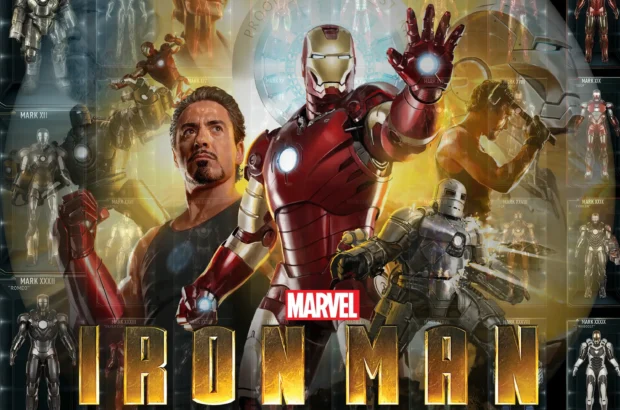
The Ultimate Iron Man Guide: Cast, Suits, & Villains Explained
Explore the ultimate Iron Man guide—unpacking cast secrets, iconic suits, and the villains that defined Tony Stark’s MCU journey…
MCU Animation Guide: Complete Watch Order & Timeline
Discover the ultimate MCU Animation Guide: your complete watch order and timeline for all Marvel animated projects…

